Proper building testing is a cornerstone of effective facility management. By proactively identifying and addressing inefficiencies, building owners can optimize energy use, enhance occupant comfort, and prevent costly repairs. Below are the types of building testing Entegrity offers and the often-overlooked costs of inaction.
Envelope Air Leakage Testing
Air leakage testing measures the extent to which a building is airtight. Techniques like the blower door test detect leaks, helping identify where air escapes. This is essential for improving energy efficiency and reducing utility costs.
Cost of Inaction: An estimated 5% of all energy produced yearly is lost due to air leaks, significantly increasing energy expenses and straining budgets.
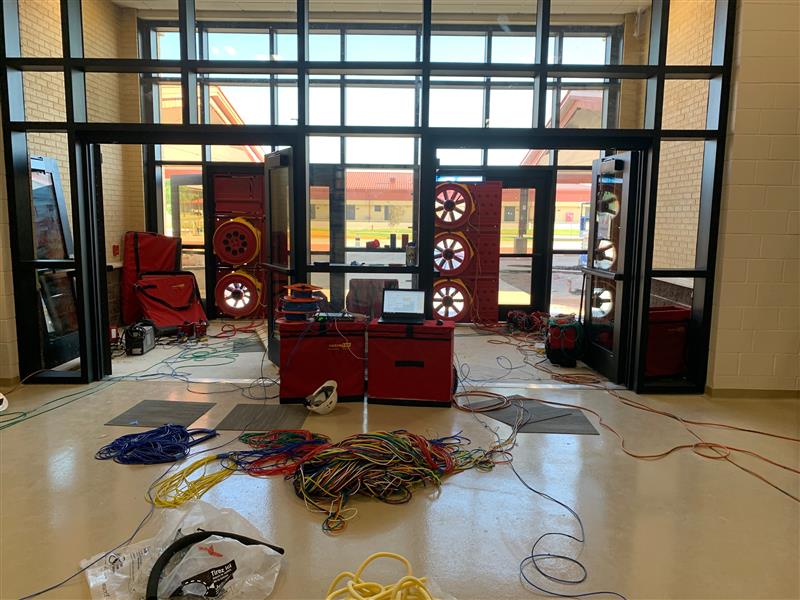
Indoor Air Quality (IAQ) Testing
Ensuring good indoor air quality is vital for occupant health and productivity. IAQ testing identifies contaminants like mold, carbon dioxide (CO2), volatile organic compounds (VOCs), and particulates that can lead to health issues. Entegrity’s IAQ services meet EPA and LEED standards, ensuring reduced exposure to harmful chemicals, improved ventilation, and minimized contamination from construction or renovations. IAQ testing also helps identify building envelope or HVAC system inefficiencies that could compromise air quality.
Cost of Inaction: Poor air quality can severely impact occupant health, reducing productivity. These costs are often incalculable and can result in lasting health concerns.
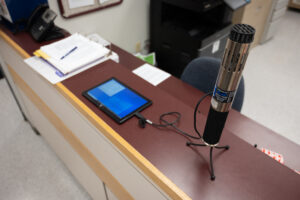
Commissioning (Cx)
Commissioning ensures that building systems function as designed, leading to enhanced performance, energy savings, and lower maintenance costs. For new buildings, Cx improves occupant productivity and reduces energy use, operating costs, and contractor callbacks. Existing buildings benefit from retro-commissioning (Retro-Cx) to identify and resolve inefficiencies, a scope with paybacks often under two years. According to the Lawrence Berkeley National Laboratory (LBNL), new construction Cx projects report a median energy savings of 13%, with costs of $1.03/SF and an average payback of 4.2 years. For existing buildings, Retro-Cx projects see an average payback of 1.7 years and median energy savings of 6.4%, with project costs at $0.26/SF.
Cost of Inaction: Failure to commission systems can result in wasted energy, higher repair costs, premature equipment failures, and inefficiencies that reduce occupant comfort and productivity.
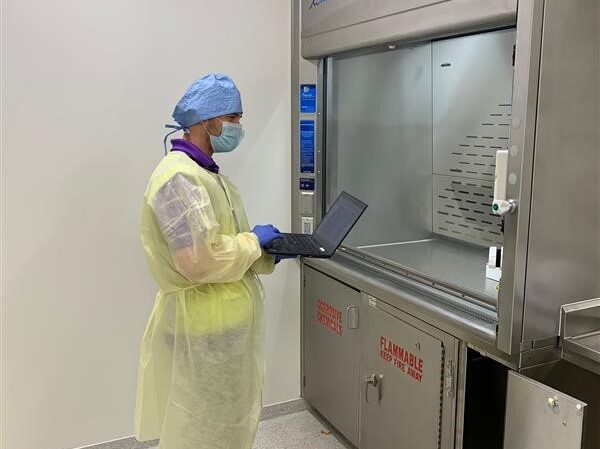
Infrared Thermography
Infrared thermography uses thermal imaging to diagnose issues like missing insulation, thermal bridging, and air or water leaks. This method is highly effective for identifying problems that are otherwise invisible, such as condensation in interstitial spaces (the space located between regular-use floors that contains mechanical systems) caused by thermal bridging. Entegrity uses high-resolution handheld and drone-operated infrared cameras to ensure comprehensive inspections at various construction phases. These tests help optimize insulation and prevent costly issues before they worsen.
Cost of Inaction: Without thermal imaging, undetected thermal bridging can lead to interstitial condensation, compromising the building’s structural integrity and lifespan, resulting in costly repairs.
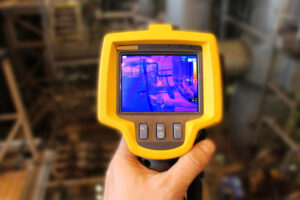
Water Intrusion Testing
Water intrusion testing evaluates the performance of windows, doors, facades, and other building elements to ensure they are sealed and functioning as intended. Using advanced tools like spray wands, thermographic cameras, and pressurization equipment, Entegrity’s services follow industry standards from the American Architectural Manufacturers Association (AAMA) and ASTM protocols. Identifying vulnerabilities early prevents water damage and protects the building’s structural integrity.
Cost of Inaction: Depending on the affected area’s size, repairing water damage can cost between $3.75 and $7.50 per square foot. Left unaddressed, water intrusion can lead to mold growth, structural deterioration, and increased repair expenses.
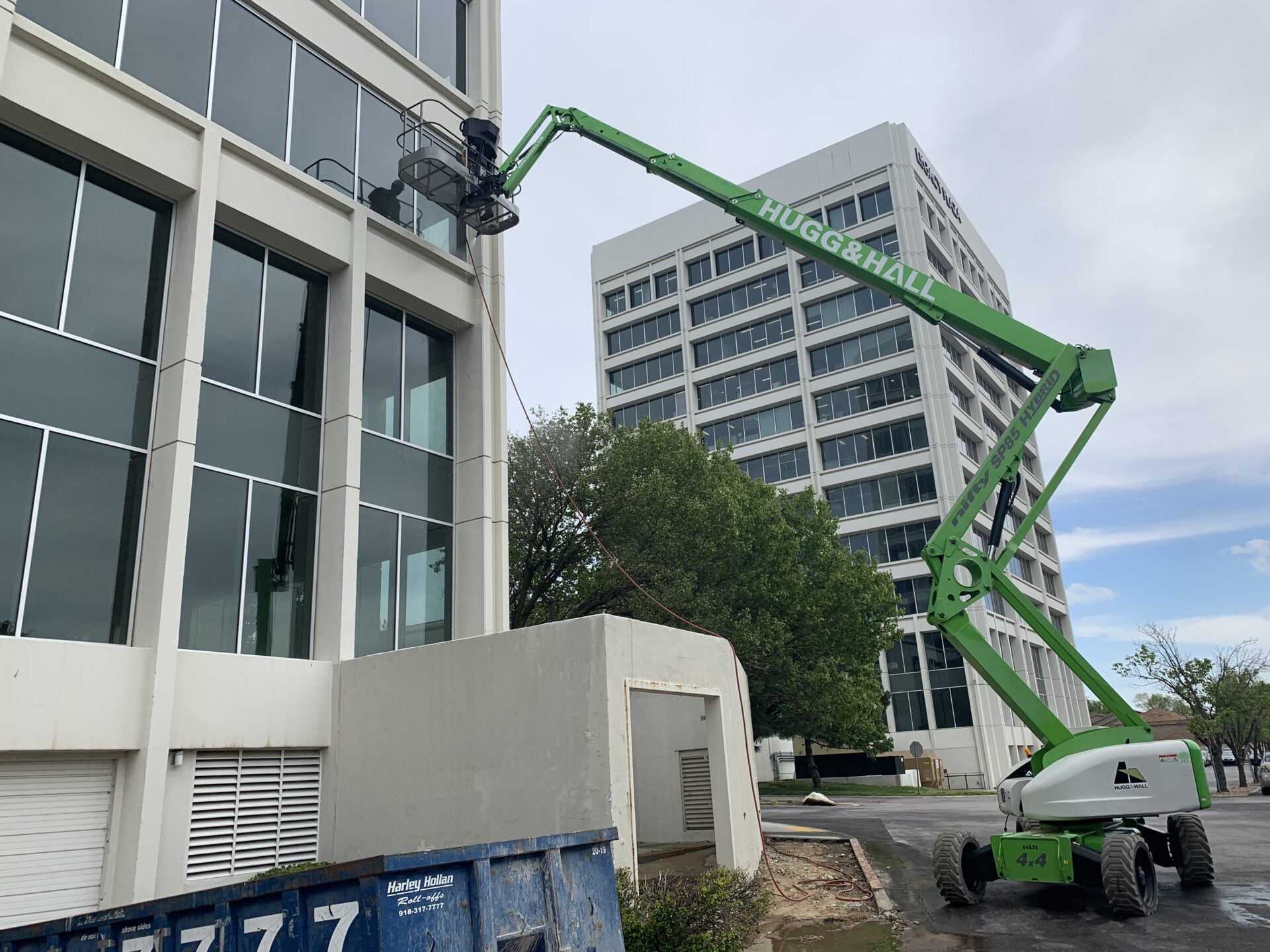
Conclusion
Investing in comprehensive building testing is not just about compliance or ticking off a checklist—it’s about safeguarding your property, your people, and your bottom line. Each type of testing plays a critical role in ensuring your building operates efficiently and sustainably, while avoiding the hidden costs of neglect. At Entegrity, we’re dedicated to providing tailored solutions that deliver measurable results. Whether it’s improving air quality, identifying energy leaks, or preventing structural issues, our expertise ensures your building is an asset, not a liability. Take the proactive step today to secure the performance and longevity of your facility.


